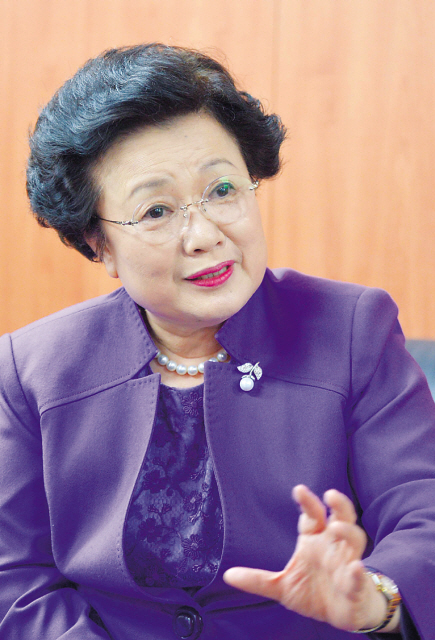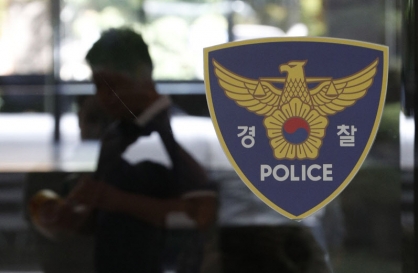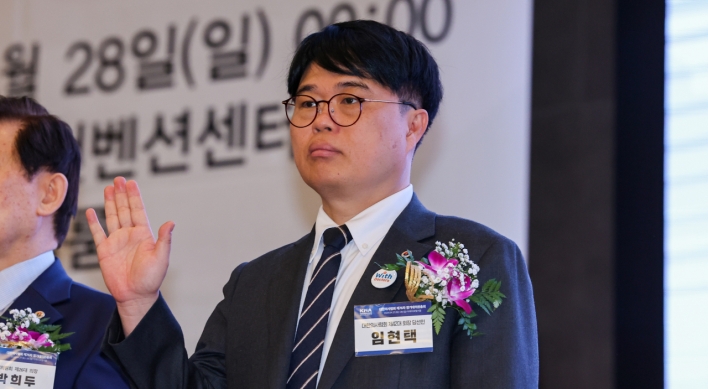A Seowon was not simply a building of academia or a shrine. It was a living organization with abundant tales, said Lee Bae-yong, head of the preparation committee for the institute’s addition to the UNESCO World Heritage list.
“At Sosu Seowon, the first seowon established here, all pine trees behind the walls lean toward the classrooms. It is almost as if the trees wanted to share the knowledge of the wise men,” she said in an interview with The Korea Herald held at the Cooperation and Participation in Overseas NGO office in Seoul on Jan. 16.
“At Sosu Seowon, the first seowon established here, all pine trees behind the walls lean toward the classrooms. It is almost as if the trees wanted to share the knowledge of the wise men,” she said in an interview with The Korea Herald held at the Cooperation and Participation in Overseas NGO office in Seoul on Jan. 16.

Lee, former chairwomen of the Presidential Council on Nation Branding, noted that scholars in seowon weighed on “ethics” in nurturing seonbi, or virtuous scholars. And foremost in those ethics was respecting nature.
“Under the main philosophy of ‘unity of heaven and human beings,’ the academies were built surrounded by nature ― many of them had a mountain at the back and a river or stream in the front. Woods were everywhere in order to seclude the students from outside ‘temptations’ and help them concentrate on their books,” Lee said.
Even the construction of the building followed the Confucius lessons stressing the hierarchical structure.

“The office of the teachers was taller than classrooms or the student’s dormitory and was never placed on the upper part of the land.
“The buildings were distanced enough so that the shadow of the students’ building would not reach that of teachers. It follows the old proverb, ‘One should respect their teachers so much so that one doesn’t step on their shadows,’” Lee said.
In Pilam Seowon of Jangseong, South Jeolla Province, is a painting of bamboo given by King Injo (1595-1649) to Kim In-hu. While King Injo was not perceived as one of the best kings and was criticized for endangering the country by allowing the Chinese invasion, Kim stuck with his master and kept his royal gift.
“Such customs might seem strange or sometimes stupid to people today. But this is something that they should learn,” Lee said.
“Studying Confucius and his lessons is to live in harmony, never bragging about one’s talent or trying to outrank others,” Lee said.
But life in a seowon was not all about being a bookworm. There was some entertainment, too. Lee showed an old 1,000 won bank note on which the great philosopher Yi Hwang (1501-1570) and his Dosan Seowon is printed. Near the bottom is a picture of a copper jar and arrow-shaped sticks. It is the game “tugu,” where one throws an arrow into a jar with a narrow bottleneck from a distance.
“Yi thought the game could naturally improve the students’ focus. It is far better than scolding or disciplining someone to study. That’s the beauty of seowon ― everyone behaved and studied naturally,” she smiled.
By Bae Ji-sook (baejisook@heraldcorp.com)
-
Articles by Korea Herald





![[News Focus] Lee tells Yoon that he has governed without political dialogue](http://res.heraldm.com/phpwas/restmb_idxmake.php?idx=644&simg=/content/image/2024/04/29/20240429050696_0.jpg&u=20240429210658)













